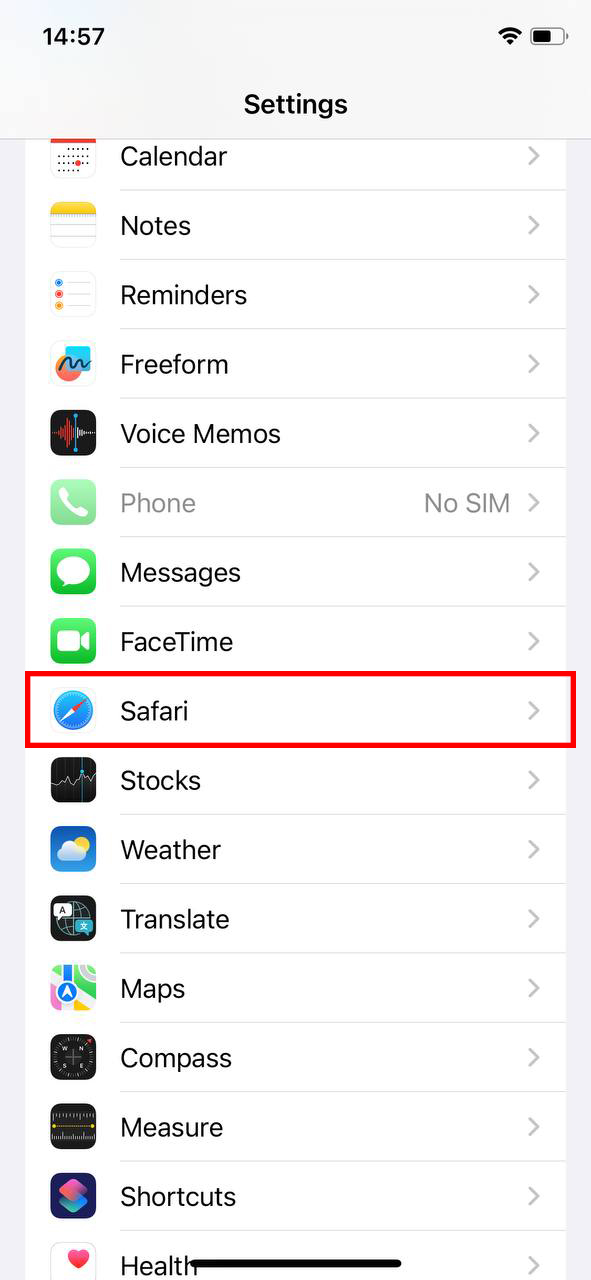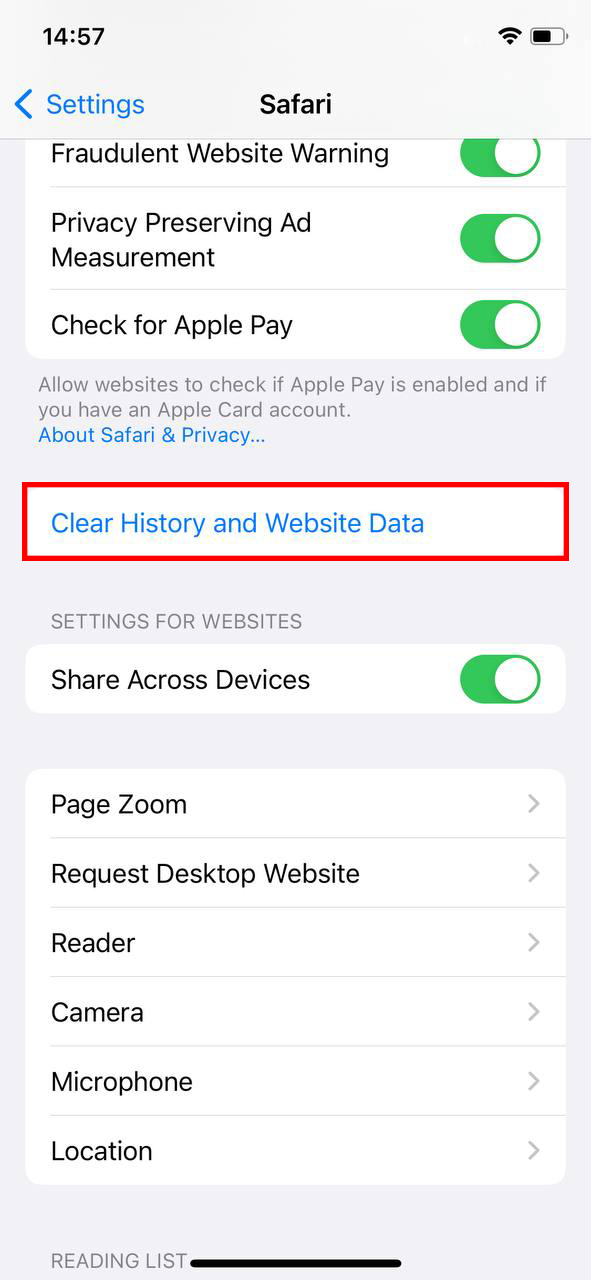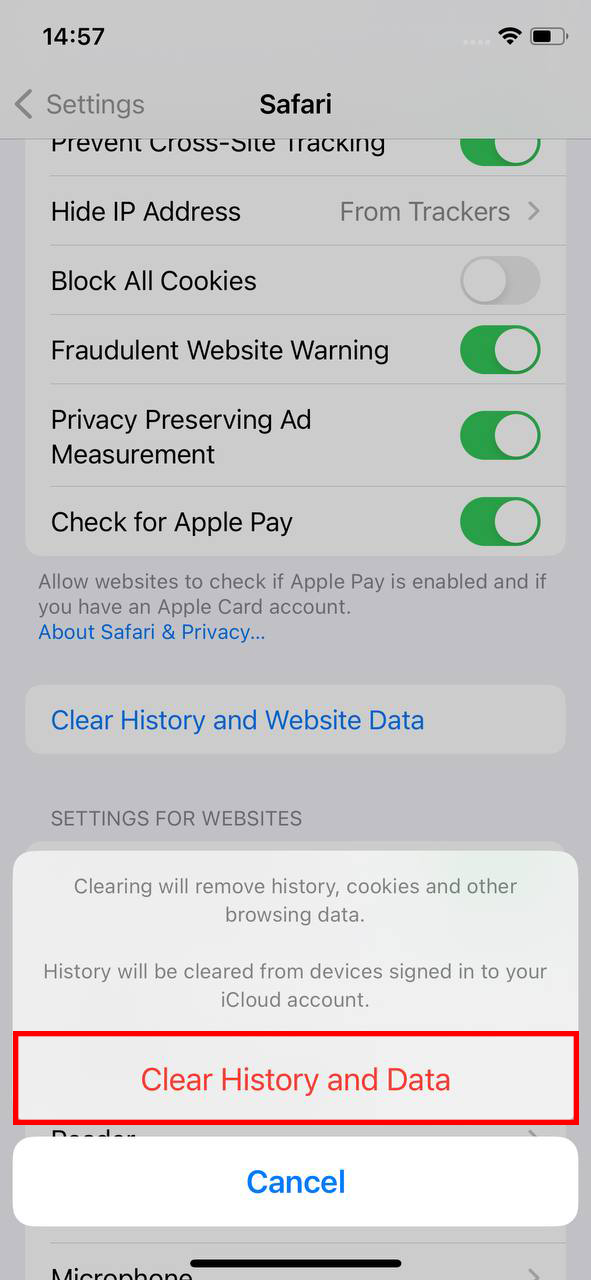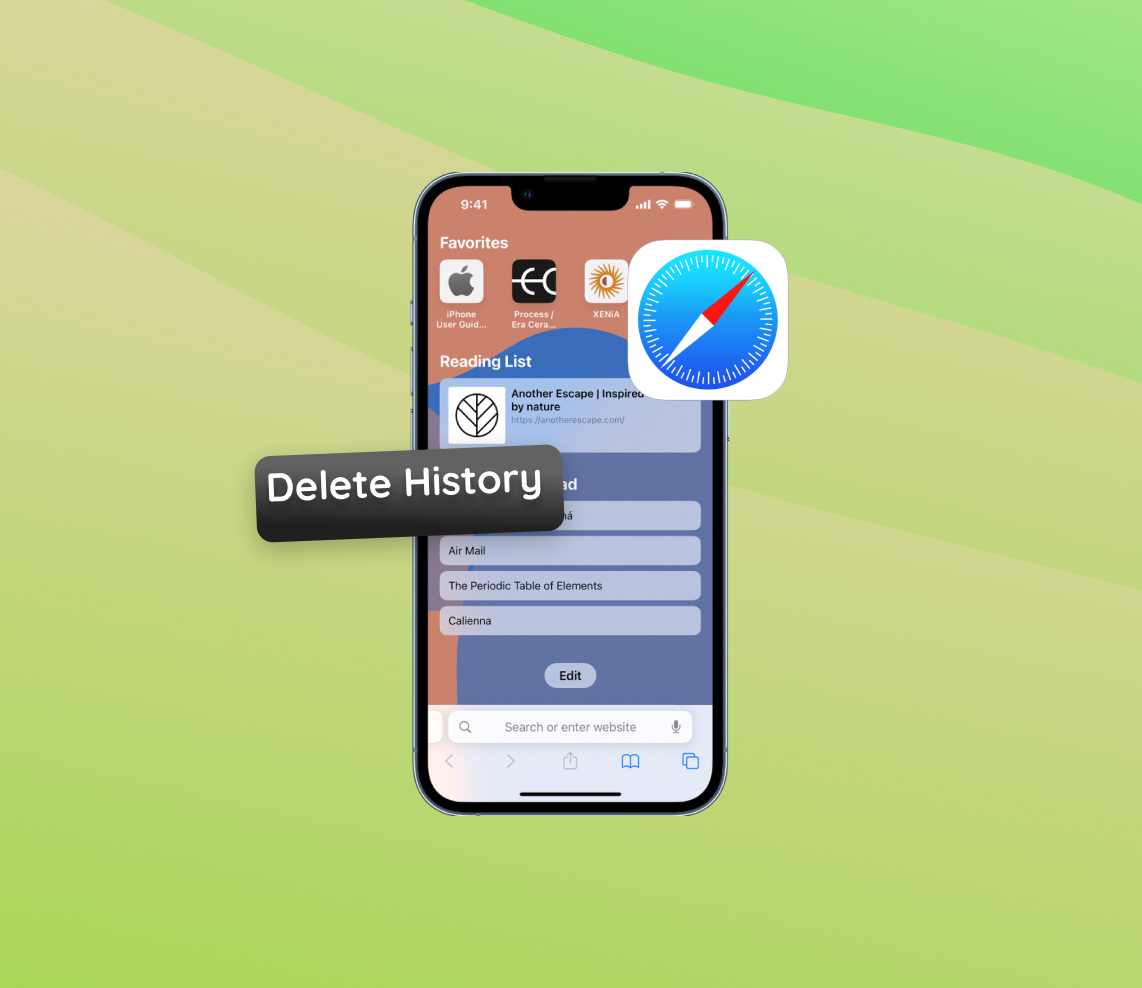In today’s digital age, browser data management is a vital component of online privacy. This article delves into the intricacies of Safari’s data storage on iOS devices and underscores the importance of regularly clearing one’s browsing history. By weighing the benefits against potential privacy concerns, readers are offered a comprehensive understanding of the balance between convenience and security. A step-by-step guide on managing this data further equips iPhone users to navigate the digital landscape safely.
Why Clearing History on Safari is Essential
Safari, the default browser on iOS devices, is renowned for its speed, efficiency, and integration with the Apple ecosystem. Like all browsers, Safari retains various pieces of browsing data for multiple purposes. Understanding this storage is essential, as is recognizing the periodic need to clear the history Safari iPhone users often seek. Let’s explore this in detail.
When you browse the web, Safari collects data on sites you’ve searched for and saves specific information, including your searches, to improve your browsing experience, including visited websites, search queries, login credentials, and cookies that monitor online activities.
Benefits vs. Concerns: A Comparative Look
| ? Benefits of Safari’s Browsing Data | ⚠️ Potential Privacy Concerns |
| ? Faster Browsing: Cached data enables quicker website loading on repeat visits. | ?️ Tracking: Advertisers can monitor your activities, leading to targeted advertisements. |
| ? Convenience: Saved login details facilitate a swift login process. | ? Security: Unauthorized device access can reveal your browsing history, risking misuse. |
| ? Personalization: Cookies tailor content to your preferences and browsing habits. | ❌ Data Integrity: Over time, cached data can become corrupt, causing browser glitches. |
Considering these factors, users often ponder, “how do I clear my Safari history?” or search for “delete Safari history on iPhone” instructions. Regularly erasing your history can address these concerns.
Advantages of Clearing Your Browsing History
- Enhanced Privacy: Shields browsing habits from others with device access.
- Reduced Tracking: Curtails advertiser targeting based on browsing patterns.
- Optimized Performance: Refreshes the browser for smoother, faster operation.
- Data Integrity: Removes potential cache corruption.
If you’re uncertain about the process, you can explore where in the “settings Safari clear history and website data” on your iPhone, a straightforward way to eliminate browsing data. For an in-depth guide on online privacy and browser data importance, consult trusted sites like Electronic Frontier Foundation and Consumer Reports.
In summary, while Safari’s data storage aims for an enhanced user experience, it’s pivotal for users to actively manage their data. This balance between convenience and security is achievable by opting to erase internet history iPhone users can maintain.
How to Delete Safari History on iPhone: Step-by-Step Guide
Given the importance of digital privacy and deleting sensitive data in today’s interconnected world, understanding how to manage and erase your browser history is crucial. If you’re an iPhone user, here’s a straightforward guide to help you delete your Safari browsing history.
Step-by-Step Walkthrough
- Click to open the Settings app from your iPhone’s main screen on your iPhone.
- Scroll down and tap on Safari.

- In the Safari settings, you’ll find an option named Clear History and Website Data. Tap on it to clear your search history and other website data.
 A pop-up will appear, warning that this action will remove history, cookies, and other browsing data. Tap the Clear History and Data button to confirm.
A pop-up will appear, warning that this action will remove history, cookies, and other browsing data. Tap the Clear History and Data button to confirm.
- That’s it! Your Safari browsing history and website data have been erased.
Following these steps will not only clear your browsing history but also cookies and cached files, ensuring a more private and optimized browsing experience. For those who often ponder, “how do i clear my Safari history?”, this method provides a quick and simple solution.
Regularly clearing your browsing data can be essential for various reasons, from protecting personal information to ensuring your browser functions optimally. For more insights on the importance of online privacy and the potential risks of not managing your browser data, you can refer to articles on Wired and PrivacyTools.io.
Other Methods to Erase Internet History on iPhone
While the direct settings approach is a popular method to clear Safari history, several alternative strategies can ensure digital privacy for iPhone users. These methods might be particularly useful for broader cleanups or when using other browsers.
| Method | Description |
| ? Within Safari | Open Safari and tap the bookmarks icon (the open book). Select the clock icon to view recent history. Swipe left on any entry to delete individually, or tap “Clear” at the bottom to remove history from specific time frames. |
| ? Third-party browsers | If using browsers other than Safari, like Chrome or Firefox, ensure you clear browsing data within those apps. Each browser has its own settings for data management. |
| ? Private Browsing | Use Safari’s Private Browsing mode to prevent saving any browsing history or website data during your session. |
| ? Third-party apps | Several apps in the App Store can help clean browser and system caches. Exercise caution and review such apps before downloading to ensure security and efficacy. |
Managing and erasing internet history is pivotal for digital privacy on your iPhone. Additionally, it’s essential to understand the data storage practices of third-party browsers or apps you use. While the settings method is direct and efficient, exploring alternative techniques can provide a comprehensive approach to ensuring a secure and private browsing experience.
Conclusion
As the digital realm continues to expand, it becomes increasingly important for users to be proactive in safeguarding their online footprints. Safari, like all browsers, is designed to enhance user experience through data storage. However, the balance between user convenience and online privacy is delicate. Regularly clearing browser history is not merely a routine task but a pivotal step towards ensuring one’s digital privacy. While Safari provides direct methods for data management, understanding and exploring alternative techniques can offer a holistic approach to a more private and secure browsing experience. In the end, knowledge and action are the primary defenses in the vast world of the internet.
FAQ
By default, Safari on iPhone keeps your browsing history indefinitely until you decide to manually delete it. However, if you have set specific settings or if storage space becomes an issue, older data might be removed.
How often you clear your Safari history is a personal preference. Some users prefer to do it regularly for privacy reasons or to keep their browser running smoothly. Others might do it less frequently or only when they experience browser-related issues. It’s essential to weigh the benefits of privacy against the convenience of having your browsing history readily available.
If you can’t see the “Clear History and Website Data” option, it might be due to restrictions set on your iPhone. This is often the case if the phone is managed by an organization or if parental controls are in place. To check, go to Settings > Screen Time > Content & Privacy Restrictions. If website restrictions are set, you may not be able to clear the history until they’re disabled.
No, clearing your Safari history does not delete saved passwords. Saved passwords are stored in the iCloud Keychain or in the device’s password manager, separate from the browsing history. However, if you clear all website data, it might log you out of sites you were previously logged into, but the passwords themselves remain intact.
Once you clear your history on Safari, it is deleted from your device. However, if you have iCloud sync enabled, the history might still be available on other devices connected to the same iCloud account until it’s cleared from there as well. Additionally, while the data is removed from the visible interface, it’s worth noting that some data might remain on the device at a deeper level, which could potentially be recovered with specialized tools. For general purposes, though, the history is considered gone after being cleared.
